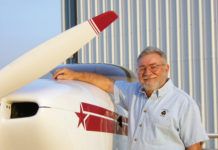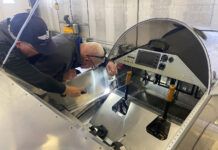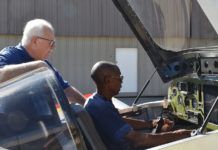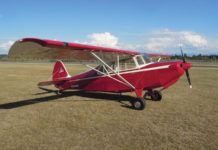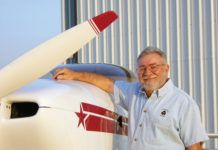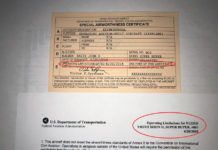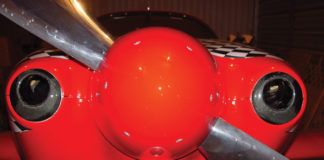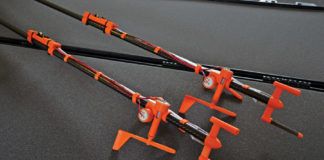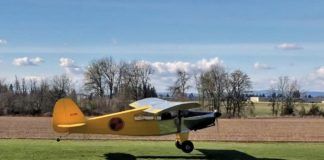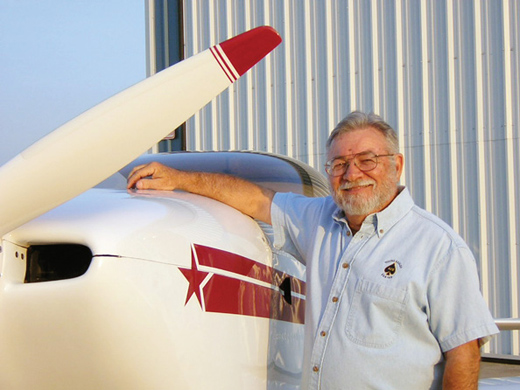
Question: What documentation is required to apply for the Repairman certificate? Should I document and total the hours spent on the various elements of AC43.13-1b?
Answer: The first requirement toward obtaining the repairman certificate is to finish the aircraft and get its airworthiness certificate issued. The form you will submit is FAA Form 8610-2. Most DARs will assist you with the form.
Type “Experimental Aircraft Builder” in the box for “Specify Rating.”
Fill out Section I on the form giving your applicant information.
Leave Section II blank.
Then go down to Section III and under “type work performed” enter the make, model, serial number, and date of aircraft certification.
Do not sign the form; the FAA inspector will want to observe you signing.
You will need to make an appointment with an airworthiness inspector at your local FSDO. Take the following documents and be prepared for a short interview:
FAA Form 8610-2 rating application; FAA Form 8130-12 eligibility statement, signed and notarized; a copy of your airworthiness certificate; your aircraft logbook showing the airworthiness sign-off; and an inspection checklist showing how you will conduct the condition inspection on your aircraft.
A few inspectors have been known to mail the certificate, but the above procedure is how it’s supposed to work.
There’s no need to document the hours of build. Just be able to show that you are the primary builder and have sufficient knowledge to competently perform the condition inspection.
Question: I have an early RV-6 (that I didn’t build) that was licensed at a gross weight of 1600 pounds. It originally had a 160-hp O-320 with a fixed-pitch prop, but this was changed by an intermediate owner to a 180-hp, constant-speed setup. The gross weight hasn’t been changed. What process do I go through to raise the legal gross weight so I can can use the extra power to carry more weight? Do I have to do flight testing?
Answer: Gross weight isn’t based on horsepower alone. There are many more factors involved. In my opinion, Van was somewhat conservative with his gross weight numbers on the -6. However, that doesn’t give you total freedom to change it to whatever you wish. I don’t have a problem with minor increases in this case, but you need to realize that whatever you do needs to be justified with the airframe limitations. And yes, a new Phase 1 test period will be required at the new gross weight. Many flight characteristics will change.
Question: When I signed my airplane out of Phase 1, I had to include V-speeds in my operating limitations. I recently discovered that my airspeed indicator wasn’t reading correctly (I discovered this while flying to lunch with a buddy), so those speeds aren’t actually correct. Do I have to go back into Phase 1 to rectify the problem, or can I simply make a corrected log entry signing the airplane out of Phase 1?
Answer: Technically you would be legal doing either one. However, I would be more comfortable putting the aircraft back into Phase 1, retest, and be sure that the new numbers are correct. Calculating corrections isn’t always accurate.
Please send your questions for DAR Asberry to [email protected] with Ask the DAR in the subject line.

![]()
Mel Asberry is an experienced Designated Airworthiness Representative specializing in Experimental/Amateur-Built aircraft. He and his wife, Ann, have built seven amateur-built airplanes including two ultralight types, a Moni Motorglider, a Dragonfly Mk2, two RV-6s and a Zenair CH 601HDS. They are currently building a scratch-built biplane.

